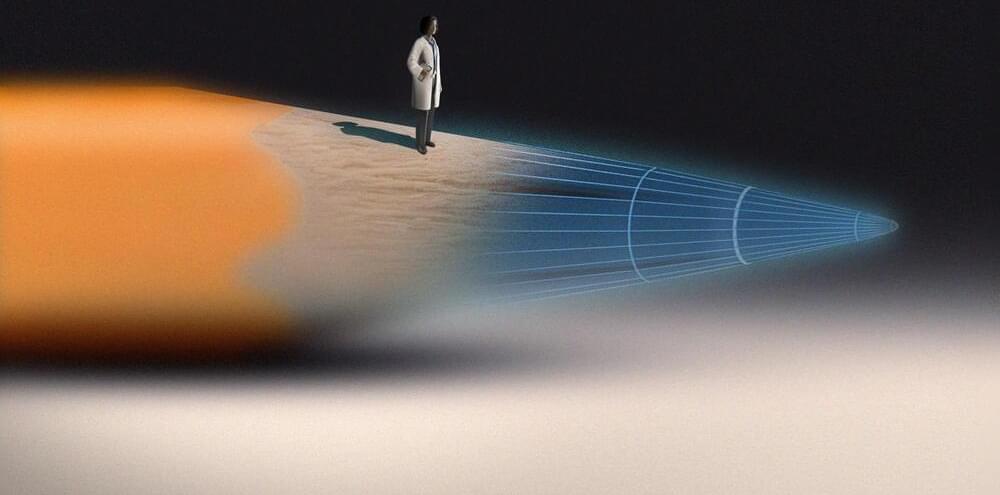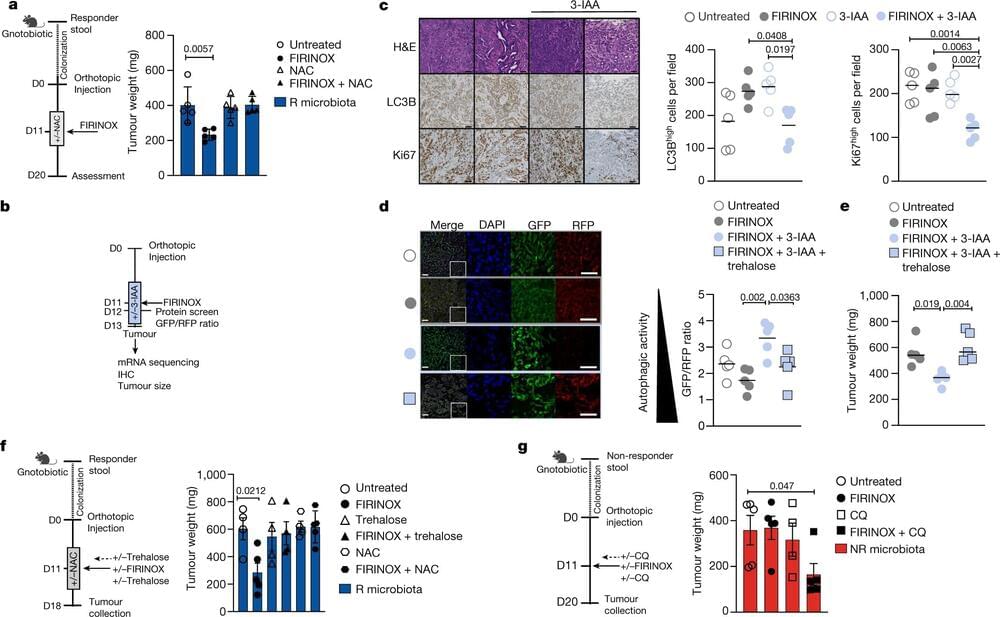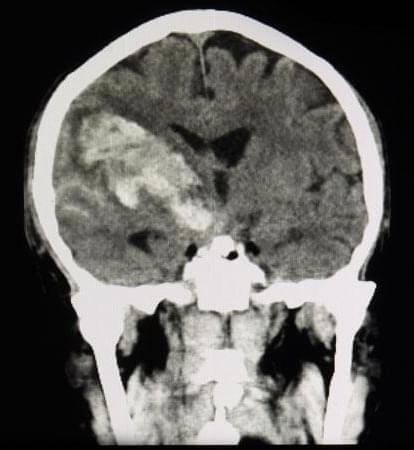So much here I never knew:
Dr. Axel Montagne is a chancellor’s fellow and group leader at the UK Dementia Research Institute at the University of Edinburgh Centre for Clinical Brain Sciences. His group aims to understand how, when, and where critical components of the blood-brain barrier become dysfunctional preceding dementia and in the earliest stages of age-related cognitive decline. With this knowledge, they hope to develop precise treatments targeting brain vasculature to protect brain function.
More importantly his work, and that of his colleagues, provide a critical lens through which to view the contributions of vascular dysfunction (or, conversely, vascular health – if we choose to preserve it) as a critical common thread in dementia and neurodegeneration.
EPISODE LINKS:
Show notes and transcript: https://www.foundmyfitness.com/episodes/axel-montagne.
Montagne lab website: https://montagnelab.com/
Axel Montagne — Google Scholar: https://scholar.google.com/citations?user=dRTfpRoAAAAJ
Twitter: @AxL_Montagne: https://twitter.com/AxL_Montagne.
PODCAST INFO:






